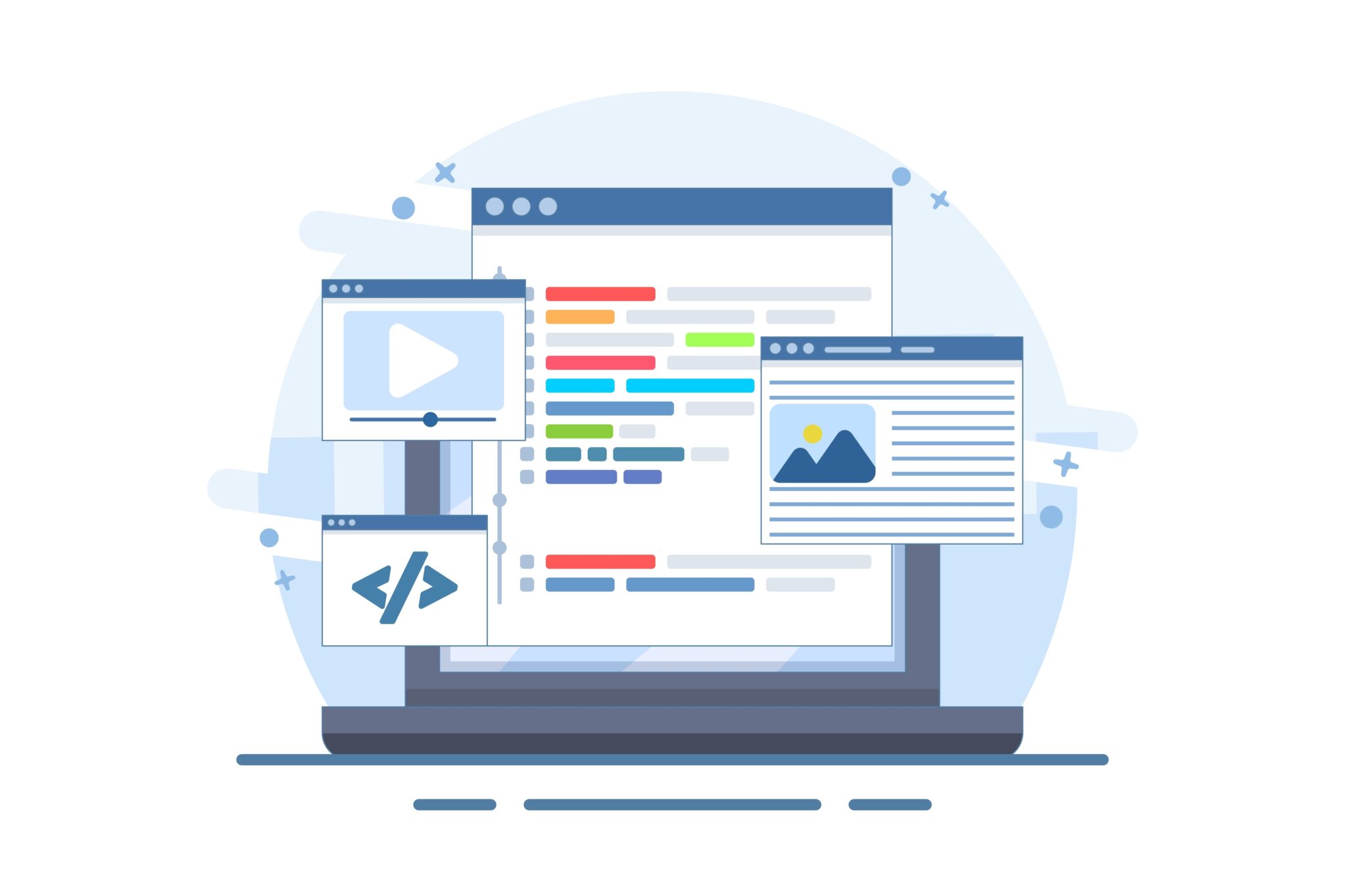A Guide To Canonical URLs in 2024

Technical details can make a big difference in how your website performs in search rankings. One such detail is the use of canonical URLs. While they may sound complex, understanding and properly implementing canonical URLs is key to avoiding duplicate content issues, maintaining clean site structure, and ensuring your website ranks as well as possible. This guide will explain what canonical URLs are, why they’re important, and how to use them effectively.
What is a Canonical URL?
A canonical URL is the preferred version of a web page that search engines like Google index. In simpler terms, it tells search engines which URL you want to be considered the “master” or “original” when there are multiple URLs with similar or identical content.
For example, a website might serve the same content under different URLs, such as:
http://example.com/pagehttps://example.com/pagehttp://www.example.com/pagehttps://www.example.com/page
Without a canonical URL, search engines may treat these different URLs as separate pages, splitting ranking signals (such as backlinks and traffic) among them. Canonical URLs help consolidate these signals and ensure the correct version of the page gets the attention it deserves.
Why Canonical URLs Matter
Canonical URLs play an essential role in SEO and website management for several reasons:
- Prevent Duplicate Content Issues Duplicate content can confuse search engines and dilute the ranking potential of a page. When a search engine encounters multiple versions of the same content on different URLs, it doesn’t always know which one to rank higher or how to consolidate signals (such as links and authority). By defining a canonical URL, you eliminate ambiguity and direct search engines to the page you want to rank.
- Consolidate Link Equity When other websites link to your content, they might link to various versions of the same page (e.g.,
https://example.comvs.http://www.example.com). With a canonical tag, all of the link equity or authority from these different links is funneled to a single, preferred URL. This helps maximise the SEO benefit of backlinks. - Improve Crawl Efficiency Search engines have limited time to crawl your website. When you have multiple URLs with the same content, it wastes valuable crawl budget. Canonical URLs guide search engines, helping them prioritise the most important pages, which allows more efficient use of the crawl budget and faster indexing of key content.
- Maintain Clean and Organised Site Structure As websites grow, it’s easy to end up with multiple variations of the same page. Without canonical tags, you risk cluttering search engine indexes with redundant pages. Canonical URLs help ensure that search engines are indexing the right version of your content.
How to Implement Canonical URLs
Implementing canonical URLs involves adding a special tag to the <head> section of your HTML pages. The tag looks like this:
This tells search engines that https://www.example.com/preferred-page is the preferred version of the page, even if the content appears elsewhere under different URLs.
Here’s a step-by-step guide to implementing canonical URLs correctly:
- Identify Duplicate or Similar Pages Before setting canonical URLs, identify pages with similar or duplicate content. These could include pages accessible by both
httpandhttps, URLs with and without “www,” product pages with filters, or pages with session IDs or tracking parameters. - Set the Canonical Tag On the duplicate pages, add the
<link rel="canonical">tag in the<head>section pointing to the preferred URL. The canonical URL should always be the full URL, including the protocol (https://) and the domain name. - Avoid Self-Referencing Canonical Tags (Where Necessary) In some cases, it’s appropriate to add a self-referencing canonical tag, meaning a canonical tag that points to the same URL. This is particularly useful for homepages, product pages, or blog posts where variations are possible, but there’s a clear, primary version. However, some experts believe self-referencing tags are redundant for pages that are unlikely to have duplicates.
- Use Canonical Tags with Paginated Content If your website has paginated content (e.g.,
https://example.com/blog?page=2), you should use the canonical tag carefully. It’s generally recommended to point each page to its own unique URL rather than canonising all paginated pages to the first page, as this could hurt the ranking potential of deeper pages. - Monitor Your Canonical Tags After implementation, use tools like Google Search Console, Ahrefs, or Screaming Frog to verify that your canonical tags are being properly picked up by search engines. This ensures that the correct pages are indexed and ranked.
When Not to Use Canonical URLs
While canonical tags are a powerful tool, there are situations where they may not be the right solution:
- For redirecting users: Canonical tags do not physically redirect users to the preferred page. If you need to redirect users from one URL to another, use a 301 redirect instead.
- When dealing with vastly different content: Canonical tags should only be used when the content is either identical or very similar. If you have two pages with unique content, don’t use a canonical tag to point to one version.
Common Canonical URL Mistakes to Avoid
- Pointing all pages to the homepage: Canonicalising all pages to your homepage is a major mistake. Each page should point to its own best version unless it’s truly a duplicate.
- Using relative URLs in canonical tags: Always use absolute URLs in canonical tags (e.g.,
https://example.com/page) rather than relative URLs (/page). - Not updating canonical tags after changes: If you change a page’s URL, don’t forget to update its canonical tag. Failing to do so can cause indexing issues.
Final Thoughts
Canonical URLs are a small but significant piece of the SEO puzzle. Proper use of canonical tags helps streamline your website, boost its ranking potential, and avoid the common pitfalls associated with duplicate content. Whether you’re managing a large e-commerce site or a simple blog, understanding how and when to use canonical URLs can make a big difference in your search engine visibility.
By following this guide, you’ll ensure that search engines recognise your preferred URLs, helping you stay competitive in the world of SEO.








